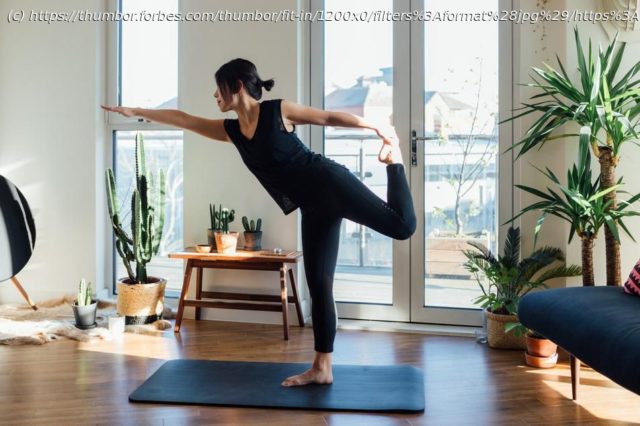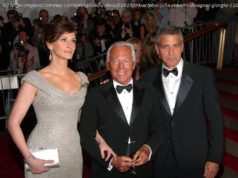Loungewear has reached unexpected stardom across social media.
Yanie Durocher; founder of POMPOM Creative focused on lifestyle brands for China’s marketplace for PR/Social/Content. IG @YanieYanson Every crisis generates innovation. Just look at the fashion industry. Even in the past, some of the best designs and concepts came out of a crisis. Chanel created its womenswear couture pieces from foraged textiles when the Second World War made materials scarce, making a shift from tight corsets to a more comfortable style. The Covid-19 crisis will most likely lead to a new shift in fashion, too. Has the comfort-over-fashion era begun? Quarantine has made people rediscover the joy of staying inside. While this may sound like bad news, it also means that this period has accelerated the rise of a brand new apparel category: loungewear. As stated in Luxiders, «the threat that this pandemic holds over our heads is a call to action for the fashion industry to slow down, move away from mass production and change direction, before an even larger problem is at hand.» While the global lockdown made consumers prefer loungewear, with users staying home for long periods of time and spending less money, retailers can expect home wardrobes to become the new trend. In fact, the global tracksuits market is anticipated to rise between 2020 and 2026, and China is already seeing a change. For example, as reported by Fashion Network, Uniqlo is already seeing higher operating profits due to China’s economic comeback and strong demand for home clothes. The same article reports that Fast Retailing, the company that runs about 800 Uniqlo stores in mainland China, is already on track to meet its forecast for the year. As the lockdown has offered stylists and designers the opportunity to go back to their drawing boards, the new indoor production definitely needs a rethinking. Brands need to fit this season’s situation by producing multi-purpose pieces, tailored to different daily needs. With this in mind, brands should focus also on beauty and aesthetics, as consumers still call for formality.






